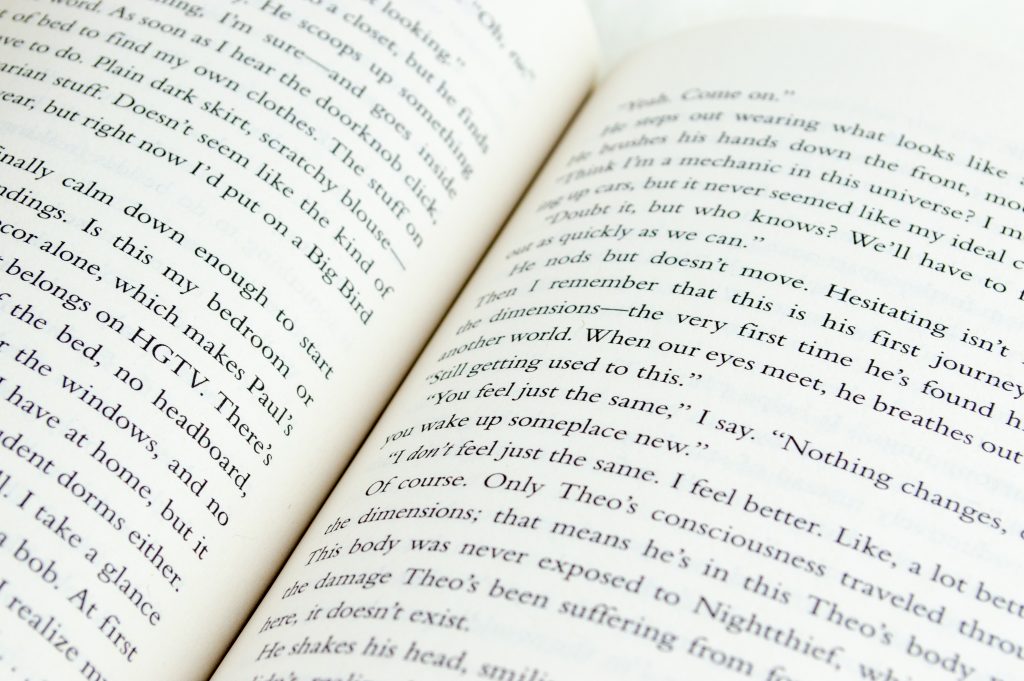Publishing a novel is a daunting prospect and not quite the glamorous undertaking you might think. Forget the media interviews and book signings, the publishing world is not for the faint hearted. Contemporary history is filled with disenchanted authors whose artistic talent was sacrificed for economic gain.
Nevertheless, in spite of the pitfalls many writers brave the twisting trails and at the end of the journey surface with a bound hard copy of their work and hopefully, the admiration of their critics.
What Publishing A Novel Involves:
The Submission
Let’s suppose that your novel, The Midnight Hour has been accepted by the Terrified Publishing Company. Your book goes out to readers who are paid to read and assess your work in terms of originality, concept and style. Publishers rely on professional readers. If they like the plot, the characters and your style of writing, your precious manuscript will now receive a publisher’s approval.
The Editor
The editor is employed either in-house or on a contract basis to go over your manuscript and edit your work. You may receive a rude awakening when the editor’s corrections come back to you for approval. It’s here that a potential contract hangs in the balance. If you don’t agree with the corrections, say so now or forever hold your peace. There are often good reasons behind an editor’s corrections. They have been in contact with the publisher and are very aware of the market your book is aimed at. Editors are the workhorses of the industry, it is their job to check illustrations, liaise with authors, designers, typesetters and printers and oversee the production control to produce the best possible product within the allocated budget.
Publicity And Sales
The publicity department of a publishing house is responsible for devising a campaign for marketing your book. They are usually experts in their field and work to a previously arranged budget. It’s important to realise at this early stage that you’re entering into a business arrangement with a publishing house and, like all business agreements, it relies on cold hard cash to survive. So, the idea you had for employing a skywriter is great but probably not feasible given the fact that your book will sell for $8.95 and only has a print run of 5,000. The Publicity/Marketing department is closely tied to the warehousing network and advance orders are balanced against the projected budget.
What Is Production Control?
Production Control is responsible for the overall schedules and costings. This department is in close communication with the editor, designer, accounts department and warehouse. The cold hard reality is, many books are not printed because the publishing house will not receive a return on investments, against the investment in time and money they need to make in order for your book to reach the shelves.
The Designer
The designers are in charge of the overall layout of The Midnight Hour. They work with the illustrator, paste-up artist and typesetter. A decision is made as to the final layout, number of pages, type of paper and cover. This is factored into the cost and added to the price of the book. Ever wondered why hard cover glossy books with lots of illustrations are so expensive? Now you know why.
The Typesetter
Now we come to the nuts and bolts of publishing. Don’t worry, everything is running smoothly, your book is well on the way. The typesetter lays out the final proofs – called ‘galleys’ in the industry or ‘galley proofs’. The blank is checked for errors here. A word of warning here. Your accidental typo ‘adn’ is not corrected here. If it wasn’t picked up during the extensive editing process then it stays in, so make sure your work is the best it can be. The only errors that are corrected here are design issues, colours, layout, number of pages etc.
The Printer
The final stage is when your manuscript is turned into a printed book. The printer takes the final proofs, production schedule and prints it according to the instructions they have received. The printer is already familiar with your work as they printed out your first proofs. The glossy cover may not be printed in the same place as your manuscript however, it’s often cheaper to print covers elsewhere and bring them in for binding. The printer prints what is called a ‘first run.’ The first copies are sent to the publisher for checking and advance copies are sent to various departments and reviewers before the final run is printed.
Sound Exhausting?
Publishing a novel sounds exhausting but a whole lot of fun. As the author however, your only job is to approve corrections, sign the contract, and then sit back and collect the royalties. The whole process can take anything from twelve months to three years before you receive your first royalty cheque. Now you know why many writers have a second job! Your royalties are a percentage of the total price of the book once the other links in the publishing chain have received their share of the profits.
By Alastair Rosie

